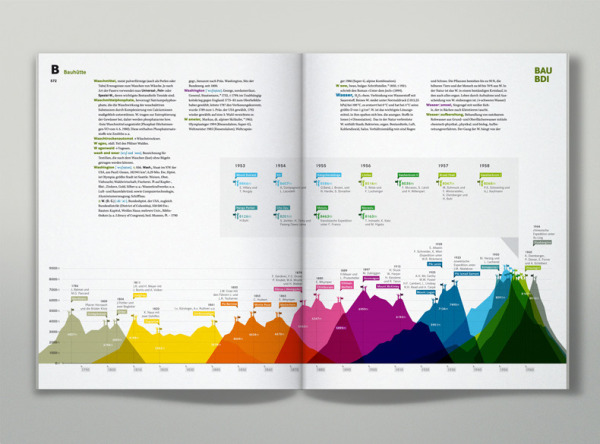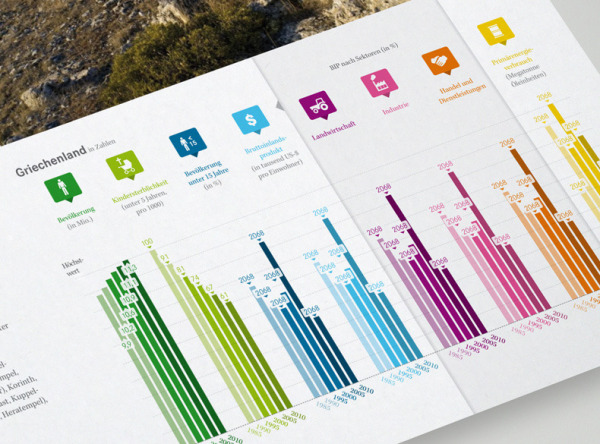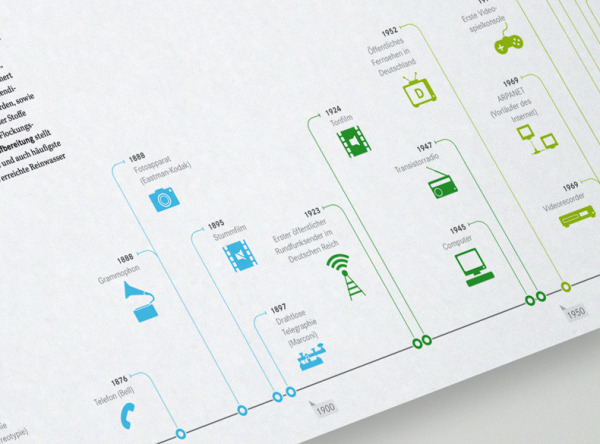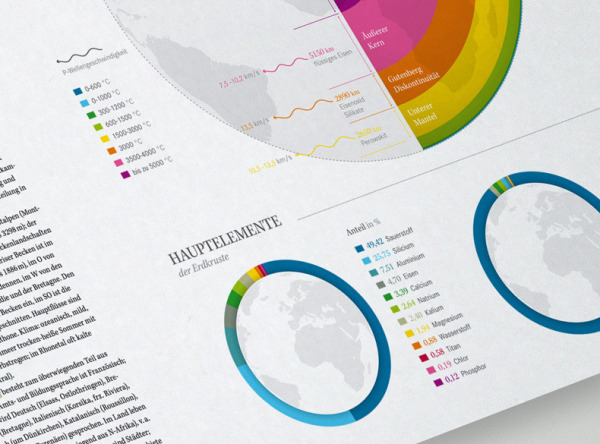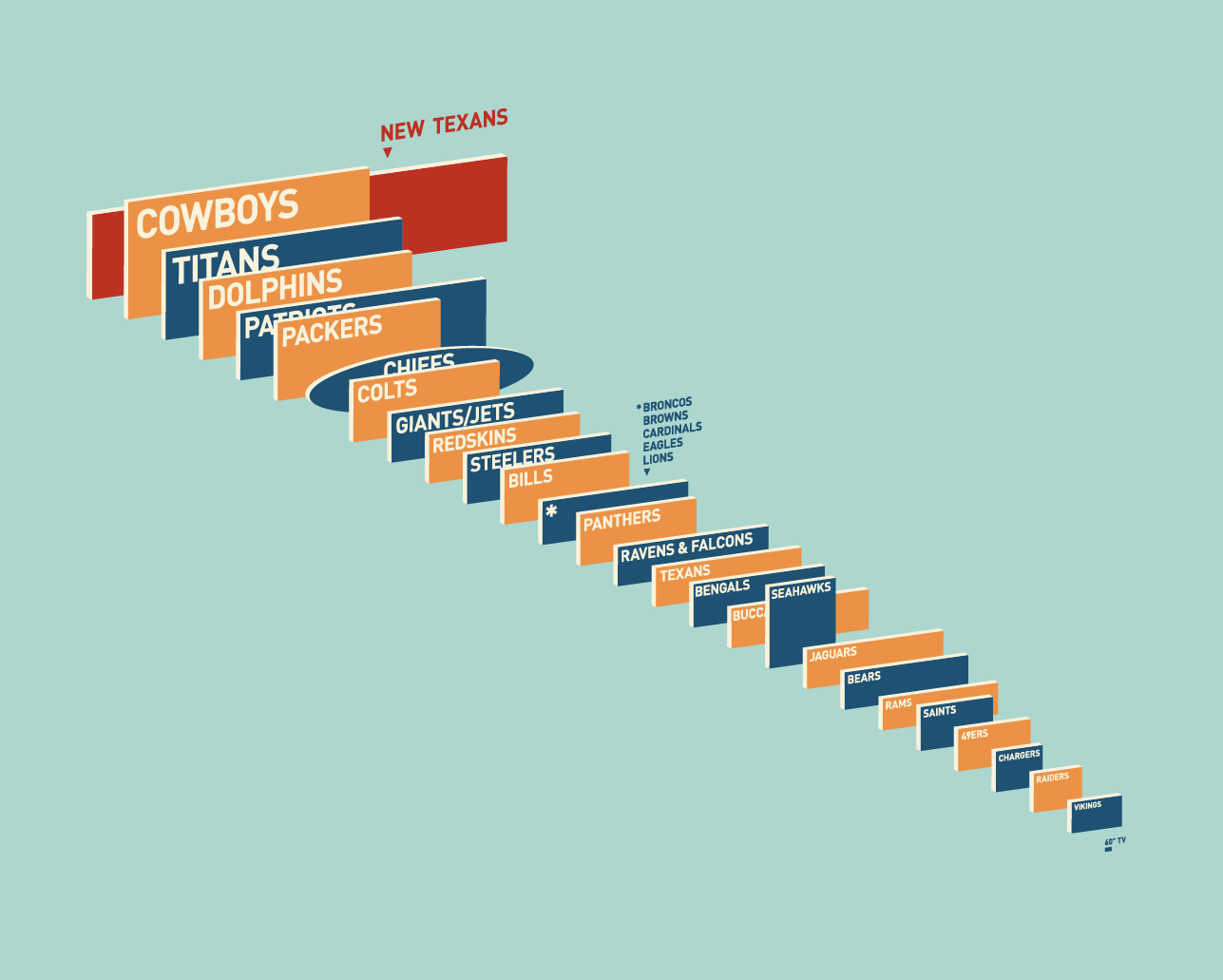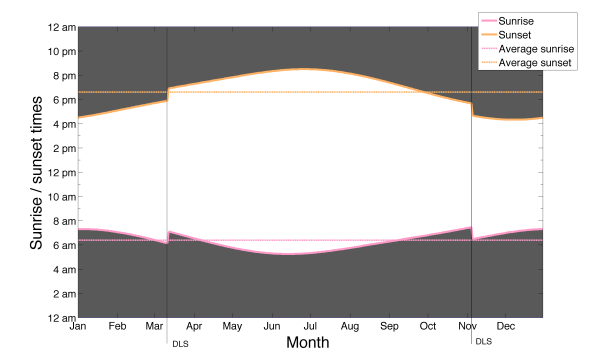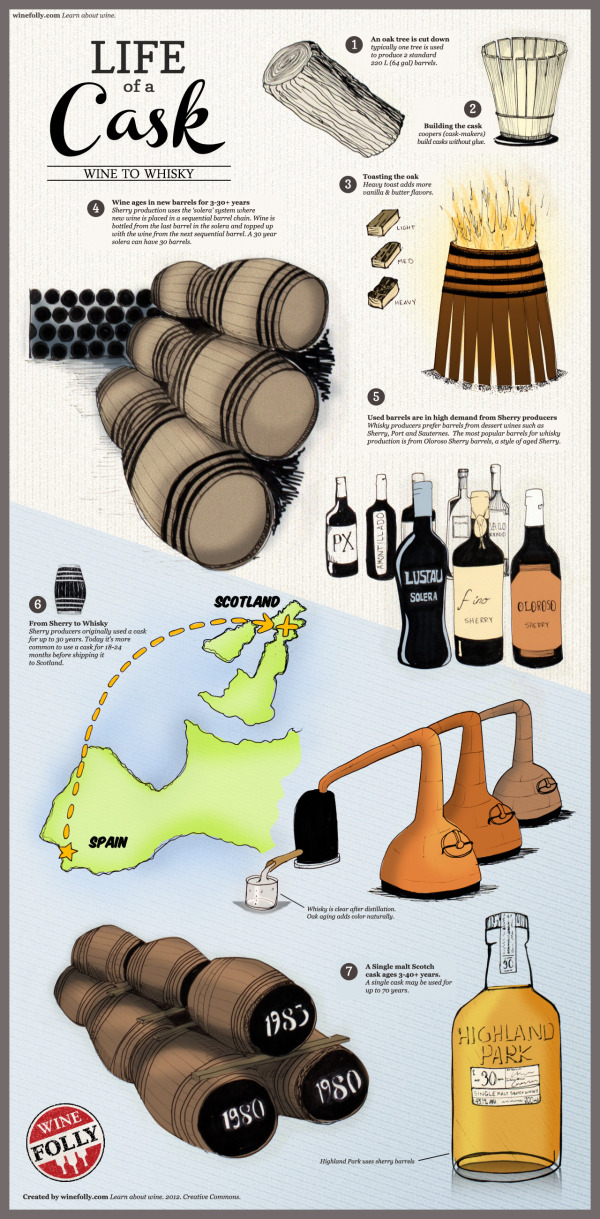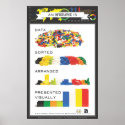
OnlineNursingPrograms.com visually shows the readers that they are eating WAY too much sugar with the American Sugar Consumption infographic. It is an eye opener to see how much more we are consuming than the recommended amount and that it can be harmful for us. It is even going to be difficult to cut back, because sugar is as addictive as cocaine!
The consumption of sugar will always be an issue for nutritionists and health buffs everywhere. As long as sugar remains a large part of the American diet, we will continue to hear about all the negative effects sugar can have on the body. As someone who is studying nursing, it’ll be important to understand how the overconsumption of sugar may cause many health problems in the future. Many may ask: Is this concern exaggerated? Absolutely not. Sugar is in everything and it has contributed to the growing obesity epidemic in the United States. Since 1990, sugar intake has increased by 40 lbs a year. Is it a coincidence that the obesity rate has increased by 20 percent? As a nurse, you will see many cases in which a reduction of sugar intake could have gone a long way to ensuring less visits to the hospital. It’ll be important as a nurse to educate your patients on why sugar is bad and why they should limit their consumption of sugar. This infographic will show you just how getting your daily sugar fix may be contributing to many short term and long term health issues.
This is a great infographic design. It’s eye-catching, and uses data visualizations to put the statistical values into context for the readers. I like the simple color scheme, the use of piles of sugar (like the wheelbarrow and the dumpster) and the real world objects used to provide scale (soda cans and gallon jugs).
Only a couple things I would suggest to improve the design:
- The average adult easts 22 teaspoons of sugar per day, but the visualization shows 24
- The average child eats 32 teaspoons of sugar per day, but 33 spoons are shown in the visualization
- The URL link to the original infographic landing page should be in the footnotes
Thanks to Emily for sending in the link!









 Randy
Randy




